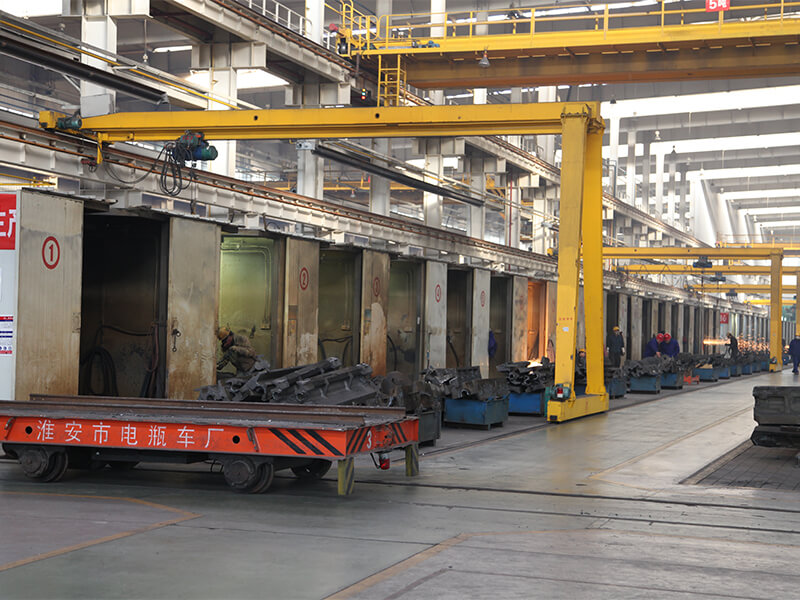Dec . 05, 2024 21:57 Back to list
Latest Trends in Aluminum Alloy Pricing for 2023 and Beyond
The Price Dynamics of Aluminum Alloys An Overview
Aluminum alloys have become essential materials in various industries, ranging from aerospace and automotive to construction and packaging. Their lightweight nature, corrosion resistance, and mechanical properties make them a go-to choice for engineers and manufacturers. However, like many commodities, the prices of aluminum alloys fluctuate due to a myriad of factors, including raw material costs, production methods, supply chain dynamics, and global market trends. In this article, we'll explore the factors influencing the prices of aluminum alloys and predict potential future trends.
Understanding Aluminum Alloys
Aluminum alloys are categorized into two main types wrought and cast. Wrought alloys are worked into shapes through processes such as rolling and forging, while cast alloys are poured into molds. The most common alloying elements used with aluminum include copper, magnesium, manganese, silicon, and zinc. Each alloy possesses unique properties depending on its composition, which directly affects its applications and, consequently, its price.
Factors Influencing Prices
1. Raw Material Costs The primary source of aluminum is bauxite, the ore from which aluminum is extracted. Changes in the prices of bauxite, along with other alloying elements, can significantly impact the overall price of aluminum alloys. For instance, global mining dynamics, geopolitical tensions in major mining regions, or changes to environmental regulations can affect the cost of these raw materials, thereby influencing alloy prices.
2. Energy Costs The production of aluminum is highly energy-intensive, with electrical costs comprising a substantial portion of production expenses. Fluctuations in energy prices—often driven by global oil prices, shifts in energy policy, and the availability of renewable energy sources—can lead to direct cost changes in producing aluminum alloys.
3. Supply Chain Factors The COVID-19 pandemic has highlighted vulnerabilities within global supply chains. Issues such as transportation delays, labor shortages, and material shortages can lead to increased prices of aluminum alloys due to disrupted supply chains. Moreover, tariffs and trade policies can also result in price volatility, affecting import and export costs.
aluminum alloys price

4. Market Demand Demand for aluminum alloys is heavily influenced by the health of key markets, such as automotive and aerospace. As industries evolve, so too does their demand for specialized alloys. For example, the growing shift towards electric vehicles and lightweight structures may drive up the demand for specific aluminum alloys tailored for these applications, consequently impacting their prices.
5. Technological Advancements Innovations in production techniques can affect pricing as well. New technologies may lead to more efficient extraction of raw materials or improved manufacturing processes that reduce costs. Conversely, if a new alloy is developed that offers superior properties, it may command a premium price in the market.
Current Market Trends and Future Outlook
As of late 2023, prices for aluminum alloys have been subject to upward pressure due to the aforementioned factors. The resurgence of global manufacturing in a post-pandemic world and rising energy costs have both contributed to price increases. Additionally, geopolitical tensions, particularly surrounding major aluminum-producing nations, have added further uncertainty to pricing.
The demand for aluminum alloys is likely to continue to rise due to the increasing emphasis on sustainable practices and the ongoing electrification of transportation. Industries are seeking lighter and more efficient materials to meet environmental standards, which bodes well for aluminum alloys.
However, the market is also witnessing a notable shift toward recycling, with an increasing number of manufacturers prioritizing recycled aluminum over newly mined materials. This trend could lead to price stabilization, as recycled aluminum typically incurs lower production costs and is more environmentally friendly.
Conclusion
In summary, the price of aluminum alloys is influenced by a complex interplay of factors, including raw material costs, energy prices, supply chain conditions, market demand, and technological advancements. As we move forward, the future pricing landscape for aluminum alloys will likely reflect ongoing economic dynamics, innovation, and shifts towards sustainability. Understanding these trends is crucial for stakeholders across the industry to navigate pricing and ensure competitiveness in a rapidly evolving market.
-
Centrifugally Cast Iron Water Main Pipe | Ductile Iron Solutions
NewsAug.24,2025
-
Durable Cast Steel Concrete Pipe Mold Bottom Rings & Base Trays
NewsAug.23,2025
-
Centrifugally Cast Iron Water Main Pipe for Reliable Mains
NewsAug.22,2025
-
Durable Centrifugally Cast Iron Water Main Pipe
NewsAug.11,2025
-
Centrifugally Cast Iron Water Main Pipes for Reliability
NewsAug.10,2025
-
High-Quality Centrifugally Cast Iron Water Main Pipes
NewsAug.09,2025


